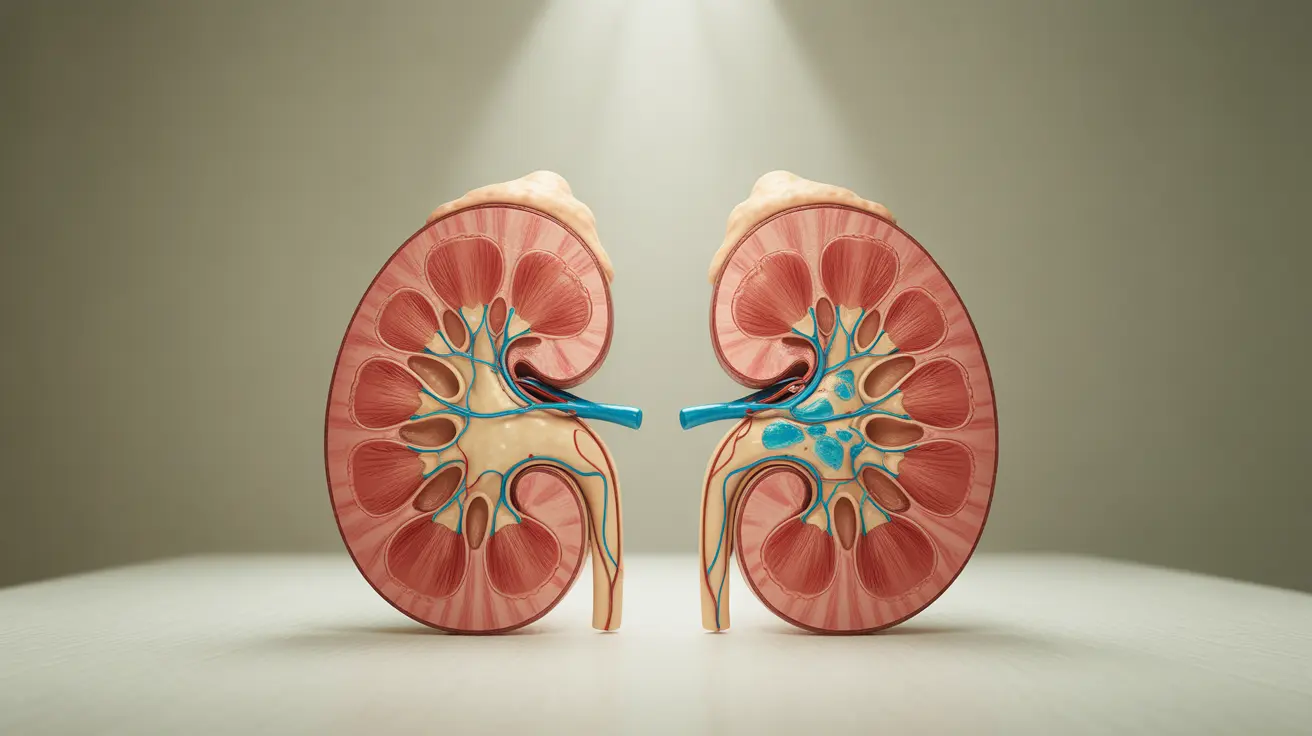Transcranial Magnetic Stimulation (TMS) therapy represents a breakthrough in mental health treatment, offering hope to individuals who haven't found success with traditional depression treatments. This non-invasive procedure uses magnetic fields to stimulate specific areas of the brain, potentially alleviating symptoms of various mental health conditions.
As more healthcare providers adopt TMS therapy and research continues to demonstrate its effectiveness, understanding how this innovative treatment works becomes increasingly important for patients and healthcare professionals alike.
Understanding TMS Therapy and Its Mechanism
TMS therapy works by delivering magnetic pulses to targeted areas of the brain, specifically regions associated with mood regulation. During treatment, an electromagnetic coil is placed against the scalp, generating magnetic fields that pass painlessly through the skull to stimulate nerve cells in the brain.
The procedure typically targets the dorsolateral prefrontal cortex, an area of the brain linked to depression. The magnetic pulses help activate neural pathways and potentially restore normal function to brain regions that may be underactive in people with depression.
Benefits and Applications of TMS Treatment
Primary Use in Depression Treatment
The FDA first approved TMS therapy for treating major depressive disorder in patients who haven't responded well to antidepressant medications. Clinical studies have shown significant improvement in depression symptoms for many patients who undergo TMS treatment.
Expanding Treatment Applications
Research continues to explore TMS therapy's potential benefits for other conditions, including:
- Obsessive-Compulsive Disorder (OCD)
- Anxiety disorders
- Post-Traumatic Stress Disorder (PTSD)
- Chronic pain
- Smoking cessation
The TMS Treatment Process
TMS therapy follows a structured treatment protocol that typically includes:
- Initial consultation and evaluation
- Treatment mapping to identify the correct stimulation location
- Regular treatment sessions
- Progress monitoring and adjustment
- Maintenance sessions if needed
Safety and Side Effects
TMS therapy is generally considered safe and well-tolerated by most patients. Unlike traditional depression treatments such as medications, TMS doesn't typically cause systemic side effects throughout the body.
Common side effects are usually mild and may include:
- Scalp discomfort at the treatment site
- Temporary headache
- Lightheadedness
- Mild tingling sensations
Frequently Asked Questions
How does TMS therapy work to help manage depression symptoms?
TMS therapy works by using magnetic pulses to stimulate nerve cells in specific brain regions associated with mood regulation. These pulses help activate neural pathways and can improve communication between different parts of the brain, potentially reducing depression symptoms by restoring normal brain activity patterns.
What are the common side effects of TMS treatment, and how serious are they?
Most side effects of TMS are mild and temporary, including headaches, scalp discomfort, and tingling sensations. Serious side effects are rare, and the treatment doesn't cause the systemic side effects often associated with antidepressant medications. Seizures are a very rare but possible risk, which is why patients undergo careful screening before treatment.
Is TMS therapy covered by insurance, and what are the typical out-of-pocket costs?
Many insurance providers now cover TMS therapy for depression, particularly for patients who haven't responded to traditional treatments. Without insurance, costs can range from $6,000 to $12,000 for a full course of treatment. Coverage and out-of-pocket expenses vary by provider and insurance plan.
Can TMS be used to treat conditions other than depression, such as OCD or anxiety?
Yes, TMS has received FDA approval for treating OCD and shows promise in treating other conditions including anxiety, PTSD, and chronic pain. Research continues to explore new applications, though depression remains the primary approved use.
How long does a typical TMS treatment course last, and what is the usual frequency of sessions?
A standard TMS treatment course typically involves 20-30 sessions over 4-6 weeks, with sessions occurring five days per week. Each session usually lasts about 20-40 minutes. Some patients may require maintenance sessions after completing the initial treatment course.




